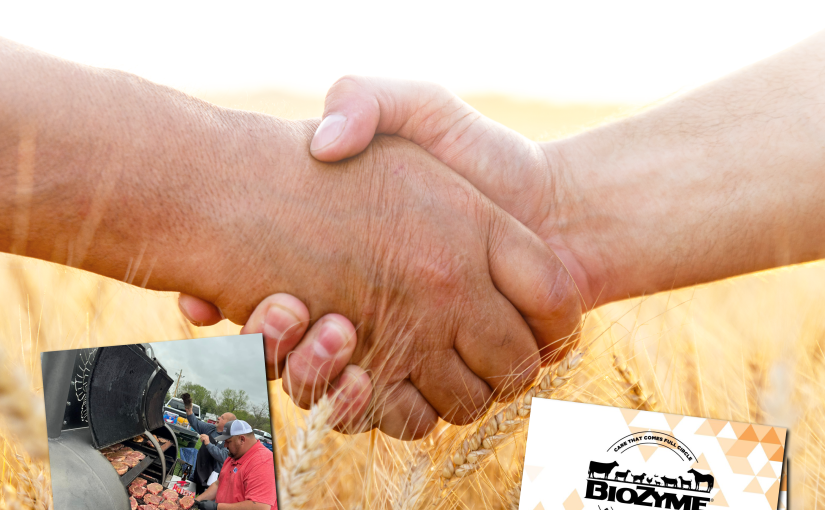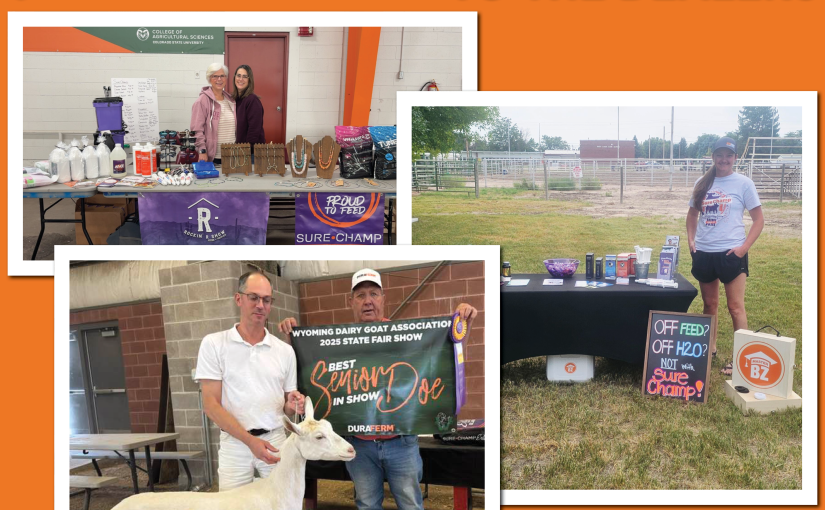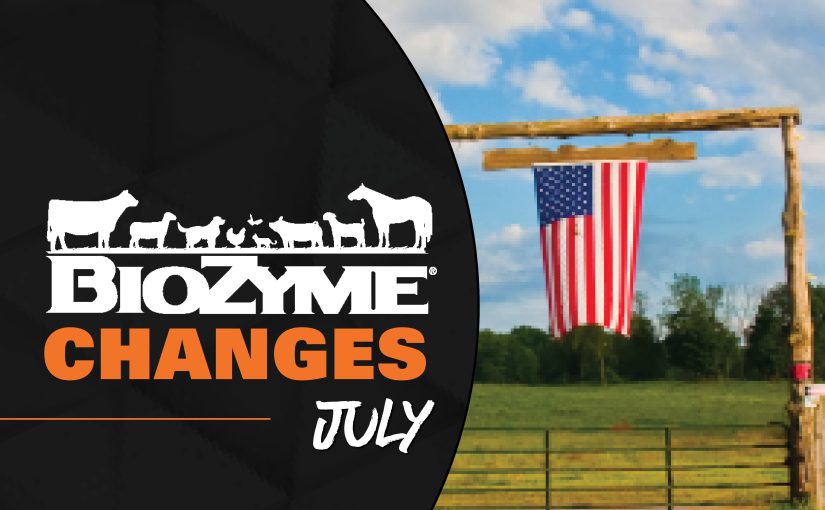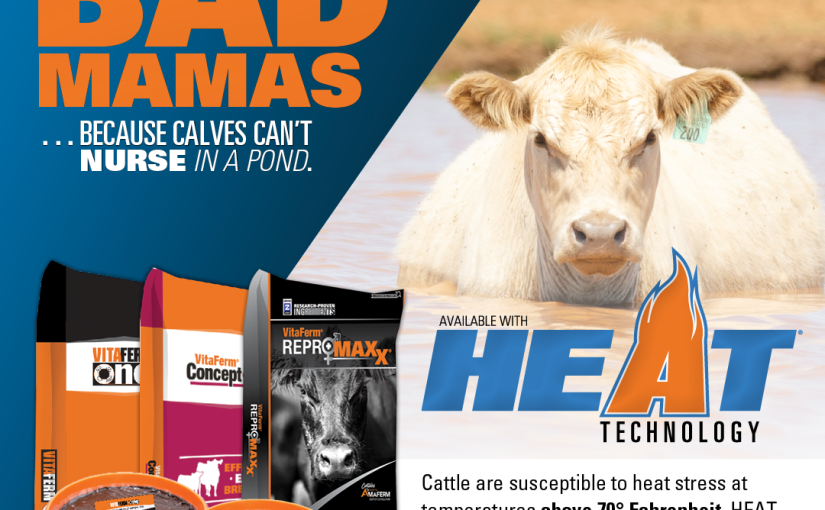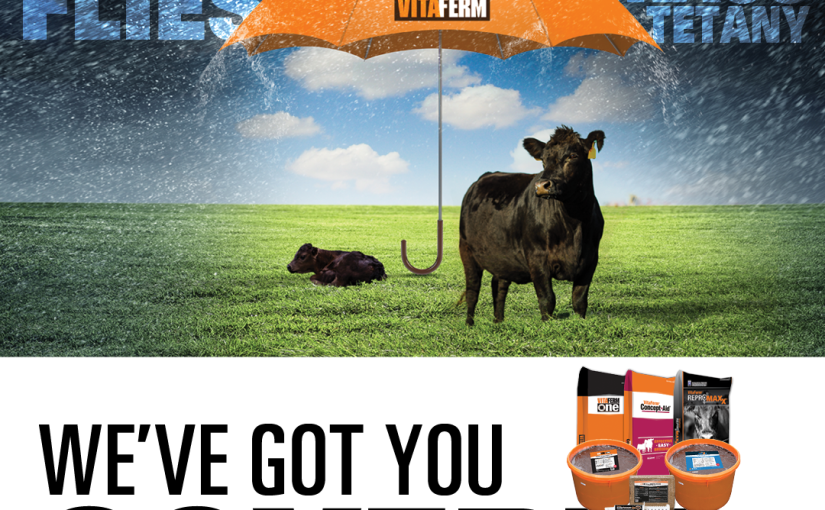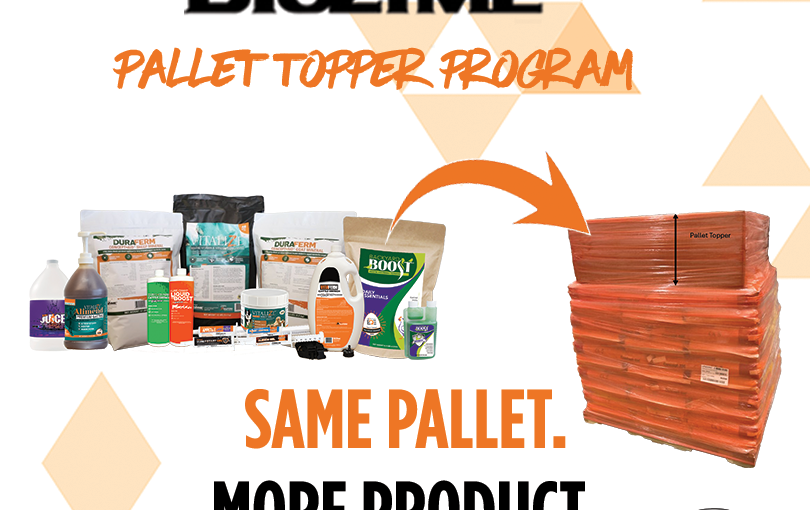In any business, relationships matter. However, in the livestock and animal health industries, relationships are everything. Customers aren’t just numbers; they’re neighbors, producers, and friends who trust you to help them care for their animals and livelihoods. As a BioZyme® dealer, showing appreciation to your customers strengthens those relationships, builds loyalty, and helps ensure long-term success for your business, the BioZyme brand, and any other brands you sell.
In a season of gratitude and as we continue to spread appreciation on our Sure Champ Birthday Tour, we wanted to share ways that you and your business can show appreciation to your customers. Remember, people buy from people they trust. As we close out the year, and the holidays approach, here are 6 ways to show appreciation—but remember, appreciation is welcome any time of the year.
1. Personal Touches Go a Long Way
A simple “thank you” means more than you realize. Handwritten thank-you notes after a purchase or a short text checking in after a busy season show customers you value them as people, not just business associates. Take time to learn their operation and goals—whether that’s raising club lambs, managing a large cow-calf operation, or keeping horses healthy. Tailoring your interactions builds trust and demonstrates your genuine investment in their success.
Get to know their family, too. A lot of us are from small towns, so high school sports are king. Did your customer’s grandson score the winning touchdown in a recent football game? Offer some congratulatory words. Perhaps another’s child did well in the scholastic bowl. Customers will be impressed and appreciate the extra effort you put into recognizing their kids and grandkids.
2. Host Customer Appreciation Events
Nothing brings people together like good food and conversation. Hosting a customer appreciation event, such as a BBQ, pasture walk, or open house, gives producers a reason to stop by, connect, and learn more about your product lineup. You can highlight BioZyme’s innovative solutions, such as Amaferm®-based products, while creating a fun, relaxed atmosphere. Consider partnering with a local feed mill or another ag business to share costs and draw a larger crowd.
3. Recognize Customer Success
Your customers’ success stories are also your success stories. When a customer achieves great results with products like VitaFerm®, Sure Champ®, or Vitalize®, celebrate that win. Feature them on your social media pages or in your local advertising. Not only does this recognition make customers feel appreciated, but it also demonstrates product effectiveness to potential buyers.
4. Offer Educational Opportunities
Providing value beyond the sale shows customers you’re committed to their long-term growth. Consider hosting producer meetings on topics like winter supplementation, gut health, or calving readiness. You can work with your BioZyme Area Sales Manager or the marketing team for support materials. Sharing knowledge builds your credibility and positions you as a trusted advisor.
5. Give Small, Meaningful Gifts
Tokens of appreciation— branded caps, cups, calendars, or product discounts—are simple gestures that leave a lasting impression. Timing these around holidays, major events, or at the close of a season adds an extra layer of thoughtfulness. Something useful like a sorting stick, cap or gloves is always appreciated by livestock producers and enthusiasts. Visit the SAMM Center to see what BioZyme-branded items are available.
6. Stay Consistent Year-Round
Customer appreciation shouldn’t happen only once a year. Small, consistent efforts—remembering birthdays, checking in after calving season, or sharing timely management tips—create a reliable connection. Consistency reinforces your commitment and keeps BioZyme top of mind when they’re making purchasing decisions.
Build Loyalty Through Gratitude
When BioZyme dealers show appreciation to their customers, it creates more than goodwill; it builds a partnership based on mutual respect and shared success. Every handshake, every conversation, and every thank-you note is an investment in the relationship that drives your business forward. Share a little gratitude with your customers. Say thank you. Go the extra mile, and watch your business grow.
